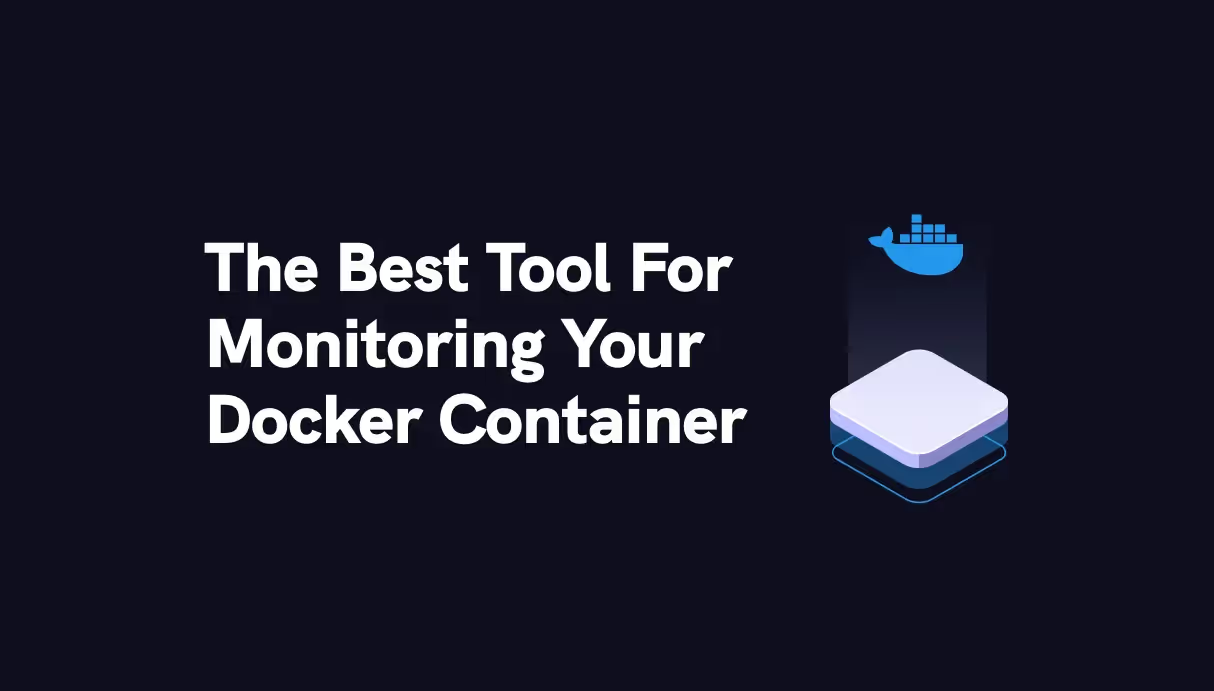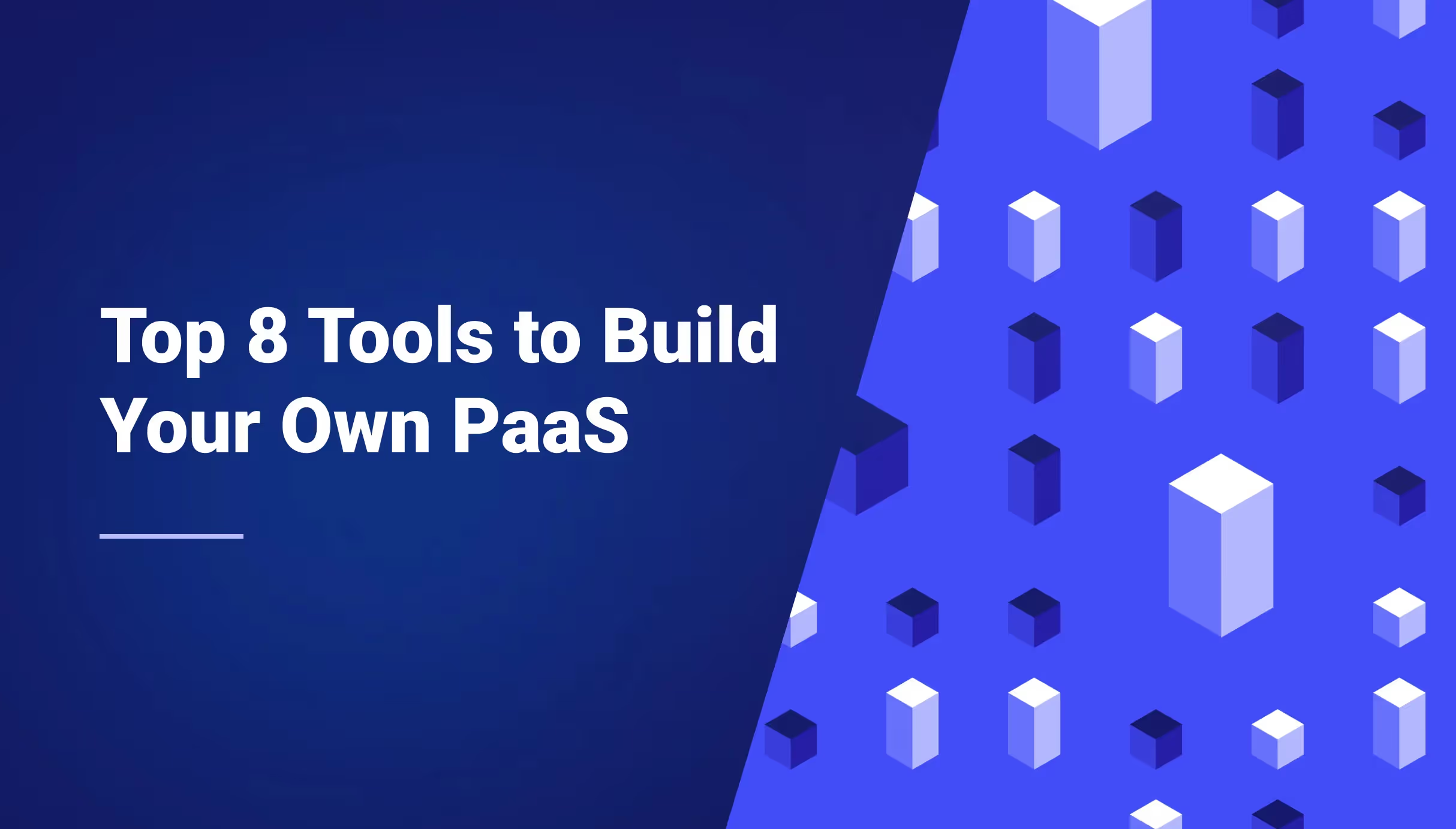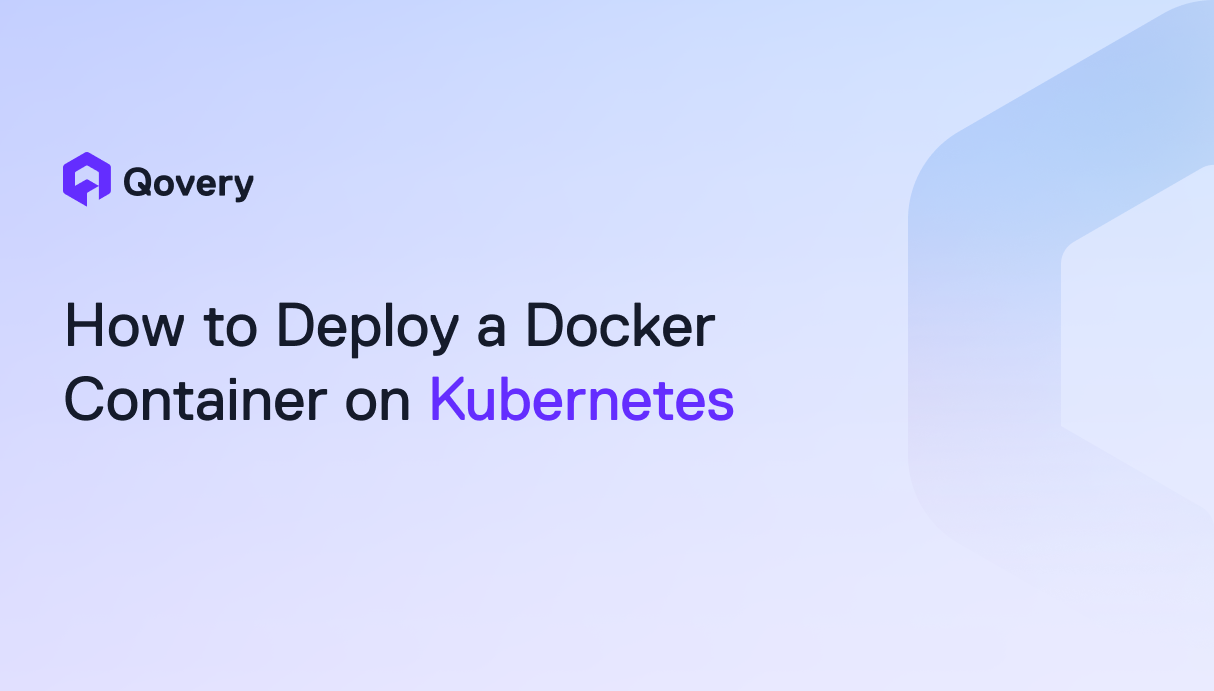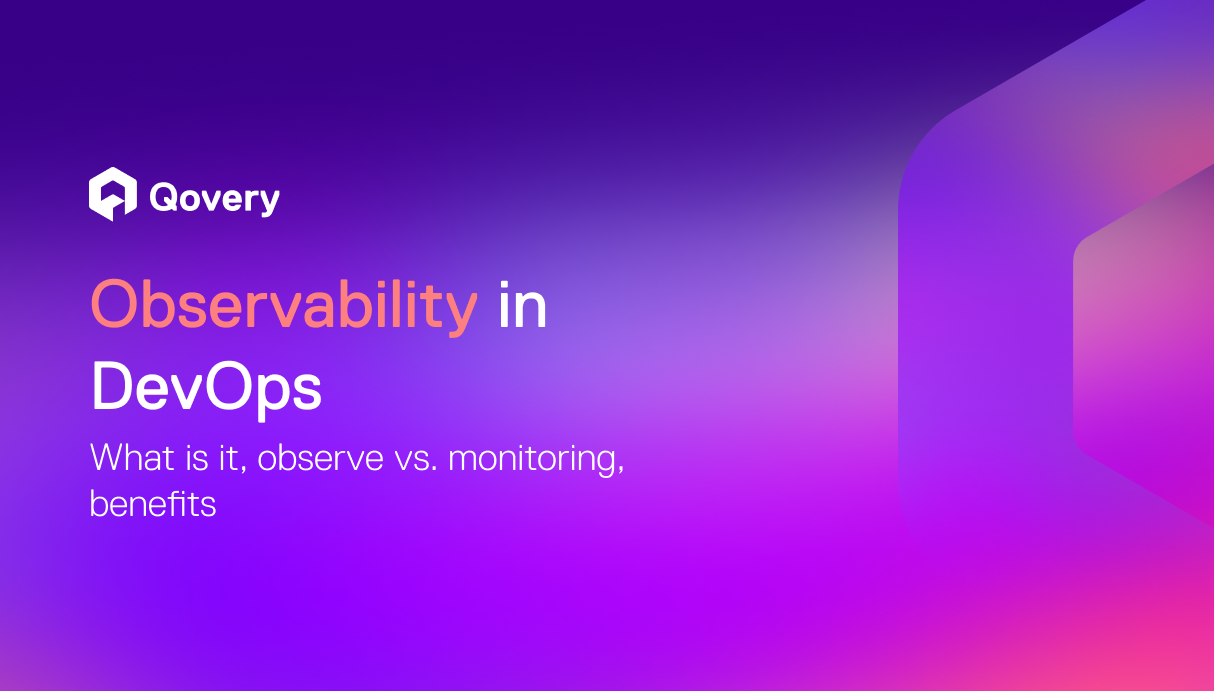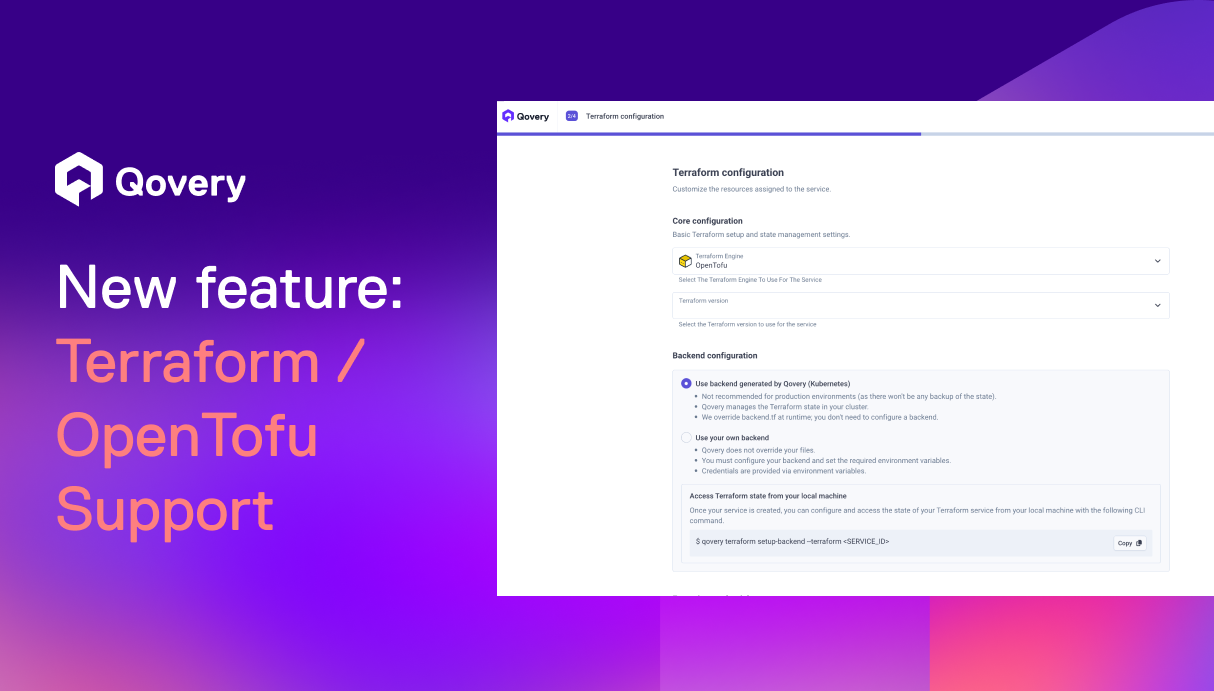


The Top 10 AWS Architectures Built with Qovery in 2023



[Last updated on 07/26/2023]
Note that for each architecture design, I will precise the following elements:
- Company industry
- The time it took to the person to set up the infrastructure with Qovery and an estimation of the time it will take without Qovery.
- The technical background of the person who led the setup of the infrastructure
- The context of choosing this architecture
# 10 - The classic 3 environments architecture

Industry: Healthcare
Time to set up this AWS architecture: < 1 week with Qovery (> 2 weeks + maintenance without Qovery)
Background of the person who led the setup: Lead backend developer
Context: This architecture is very common - isolating the production, staging, and dev environments into 3 isolated infrastructures on AWS. The backend developer who built this architecture wanted to keep things simple but secured for his team of frontend and backend developers.
# 9 - The Demilitarized Zone (DMZ)
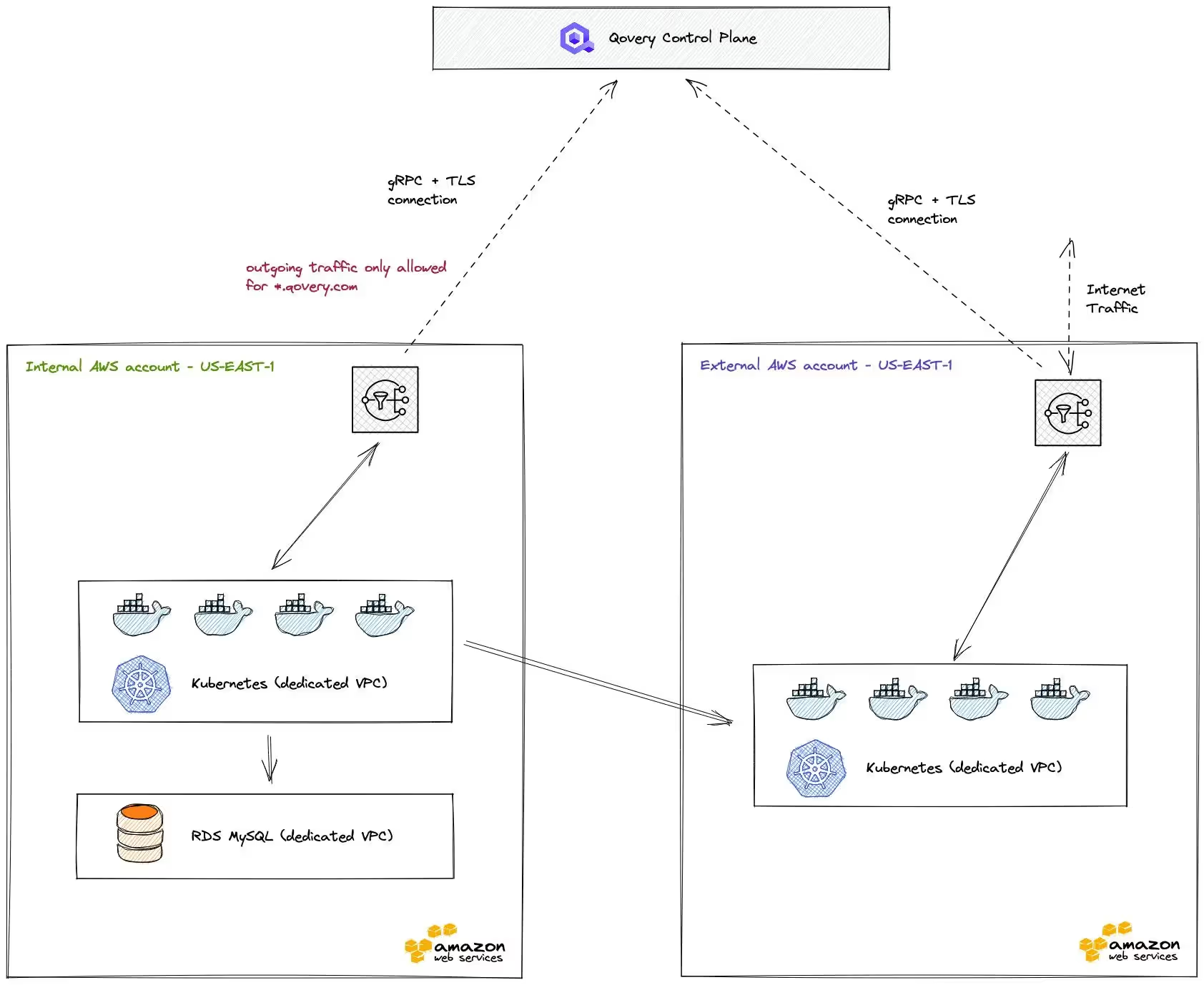
Industry: Fintech
Time to set up this AWS architecture: < 1 week with Qovery (> 2 weeks + maintenance without Qovery)
Background of the person who led the setup: full-stack developer
Context: This architecture design is also a common security practice to isolate internal applications from outside. The goal is to restrict the access from outside to the internal applications and limit the access from internal applications to outside. The DMZ (Demilitarized Zone) is the only one that gets full access to the Internet. The internal VPC can connect to the external VPC via the appropriate security groups.
# 8 - "I am looking for the Heroku like experience on AWS"

Industry: Hospitality
Time to set up this AWS architecture: < 1 week with Qovery (> 2 weeks + maintenance without Qovery)
Background of the person who led the setup: full-stack developer
Context: The last company that we onboarded on this type of architecture is in the hospitality industry. The full-stack developer who led the project had only 2 weeks to evaluate the possibility of moving to AWS and getting a "Heroku-like" experience. The main reason was to benefit from the AWS services like RDS with a private VPC for free (it's a paying feature for Heroku - read this post to see why companies move from Heroku to AWS). The mission was a success in 2 weeks, and they kept the "git push" deployment flow that they had on Heroku. Their next step? Using the Preview Environments to get a full replica environment for every Pull Request.
# 7 - "My customers want to pay extra money to be on a single-tenant app"
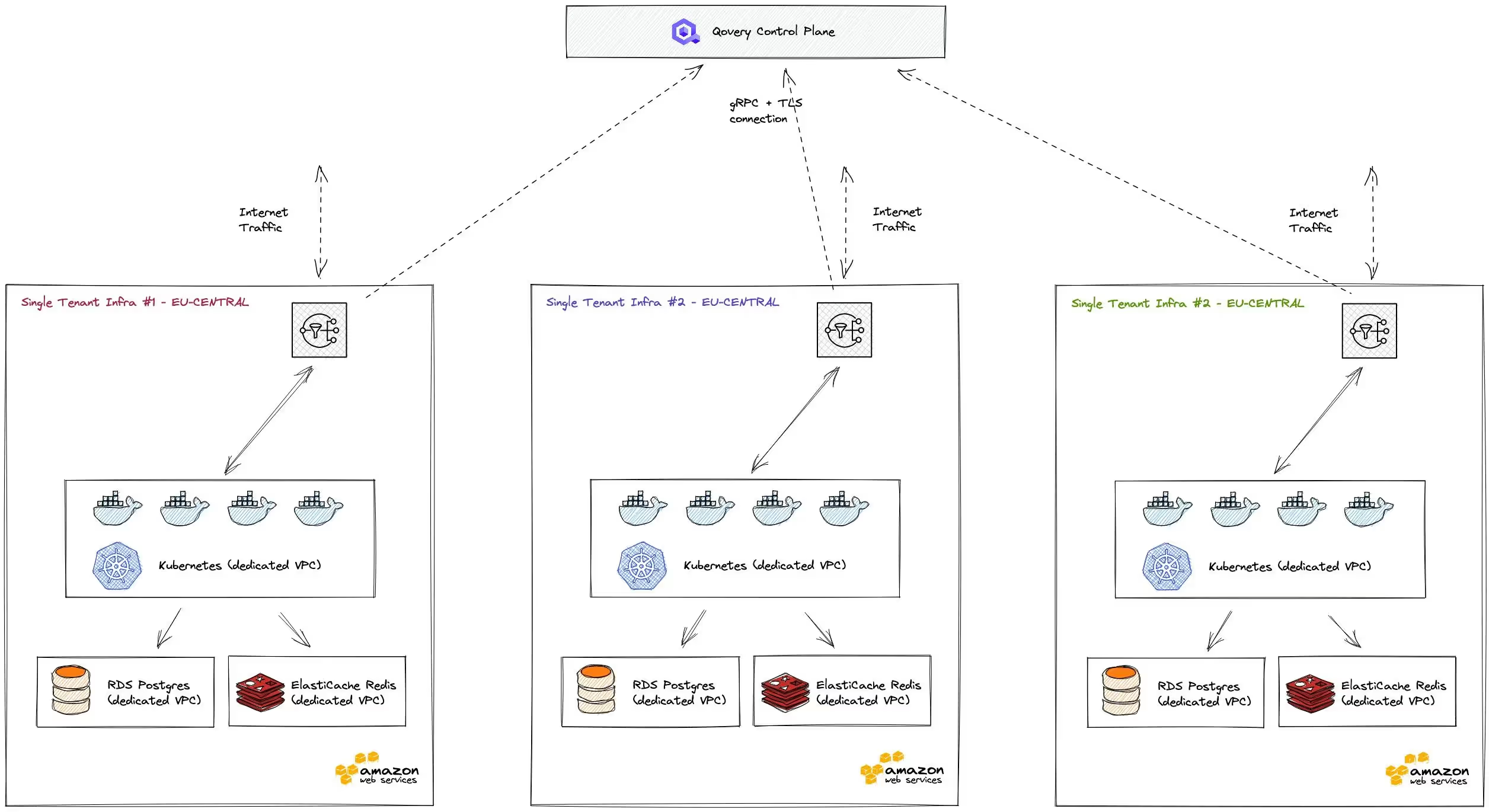
Industry: Human Resources
Time to set up this AWS architecture: < 2 weeks with Qovery (> 4 weeks + maintenance without Qovery)
Background of the person who led the setup: full-stack developer
Context: This customer used Qovery for 5 months and came from Heroku. He was using the #8 architecture until he needed to serve Enterprise customers expecting from their SaaS product to isolate their data from their other customers. Luckily, he was using Qovery, and moving to a "single-tenant" architecture (where all customers are physically separated from each other) was less than 2 weeks of work. Now he is back to his business with his development team.
# 6 - "I was a backend dev, and now I am the lead DevOps"

Industry: Fintech
Time to set up this AWS architecture: < 2 weeks with Qovery (> 4 weeks + maintenance without Qovery)
Background of the person who led the setup: Lead backend developer / DevOps
Context: This architecture where one Kubernetes cluster is used for multiple development environments is used by most of our scale-up and enterprise customers. The lead backend developer and DevOps from this growing fintech company decided to use the Qovery Preview Environments to dynamically spin up new environments for every developer every time they open a Pull Request. Then they are no longer struggling to ship the features they are supposed to deliver.
# 5 - "I only use your API and nothing else!"

Industry: Foodtech
Time to set up this AWS architecture: < 3 weeks with Qovery (> 6 weeks + maintenance without Qovery)
Background of the person who led the setup: Backend developer / DevOps
Context: I remember this customer, especially the DevOps himself, who contacted me less than 24 hours after signing up to ask me deep questions about our API. In less than a week, he had configured his first environment with multiple containers and an NGINX API Gateway. He needed to automate everything by using Python and our API. I was concerned that he didn't want to use our Terraform Provider. But they knew exactly what they had to do. They did an incredible job, and they deserved the 5th position.
# 4 - "I need to be SOC2 compliant right now!"

Industry: Fintech
Time to set up this AWS architecture: < 6 weeks with Qovery (> 15 weeks + maintenance without Qovery)
Background of the person who led the setup: Backend developer / DevOps
Context: Everyone in charge of making the company SOC2 compliant on the technical side knows how painful it is. This customer didn't have a choice. They were using AWS Beanstalk and EC2, and they had to start from scratch to make it SOC2 compliant. Luckily, they found Qovery, which is state of the art. The result is that they first evaluated Qovery for the first week, then migrated their staging in 2 weeks, performed load tests ✅ and then migrated the production in 2 weeks. The project's lead was an experienced backend engineer and junior DevOps for this huge work. But he succeeded brilliantly. The cherry on the cake: the whole infrastructure is "terraformed"! 👌👌
# 3 - "We build a web3 exchange"
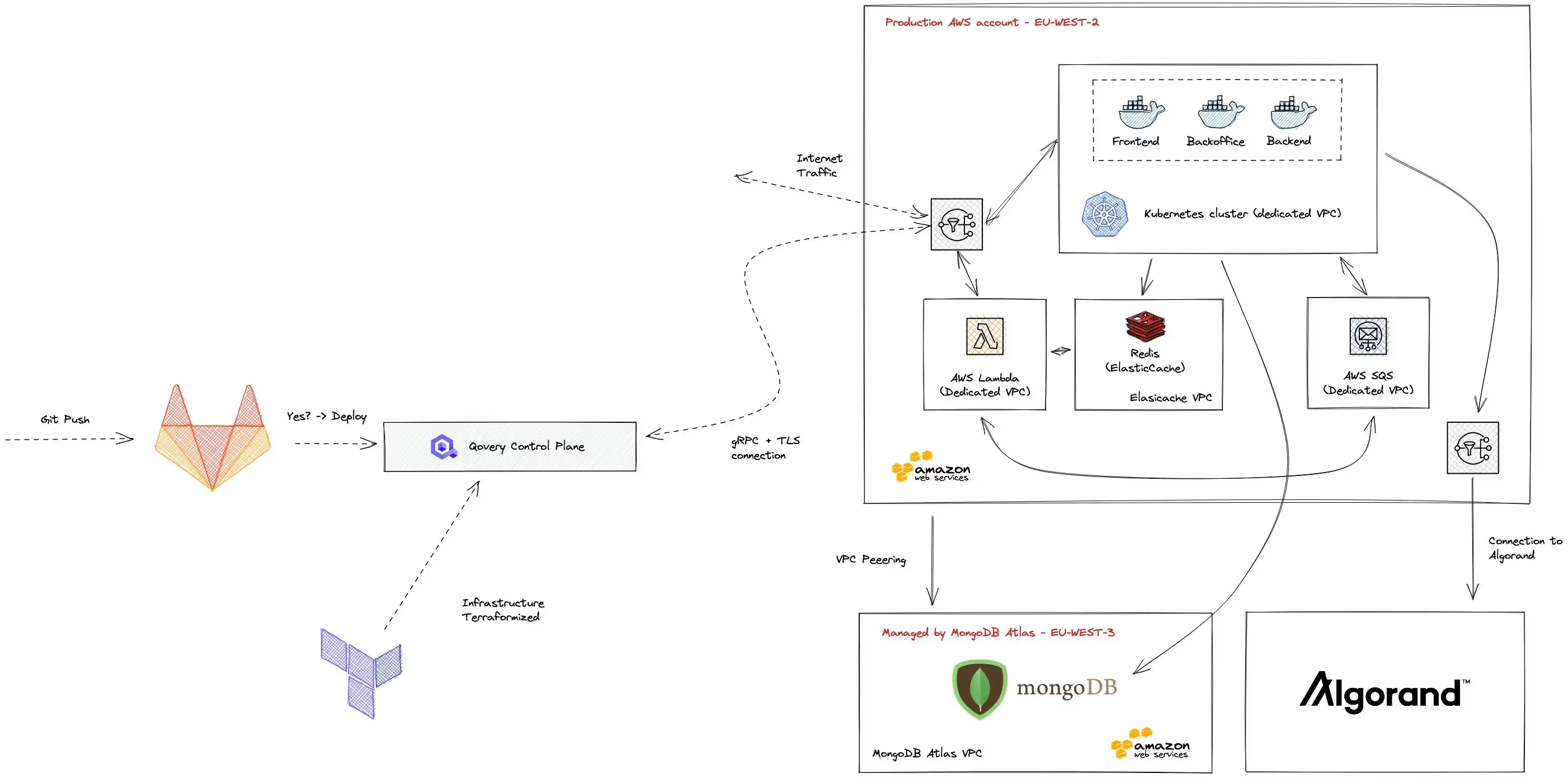
Industry: Fintech
Time to set up this AWS architecture: < 4 weeks with Qovery (> 8 weeks + maintenance without Qovery)
Background of the person who led the setup: 1 Backend developer + 1 DevOps
Context: This Web3 startup needed to make their production stack reliable on AWS, and they heard about Qovery as being "the missing product of AWS" - easy, reliable, and powerful to use. Their production is running, and they are working on creating ephemeral environments with our Preview Environment system. I was impressed by how fast they were to leverage our Terraform Provider and integrate Qovery with their Gitlab CI.
# 2 - "We have a simple stack to deploy with Qovery"
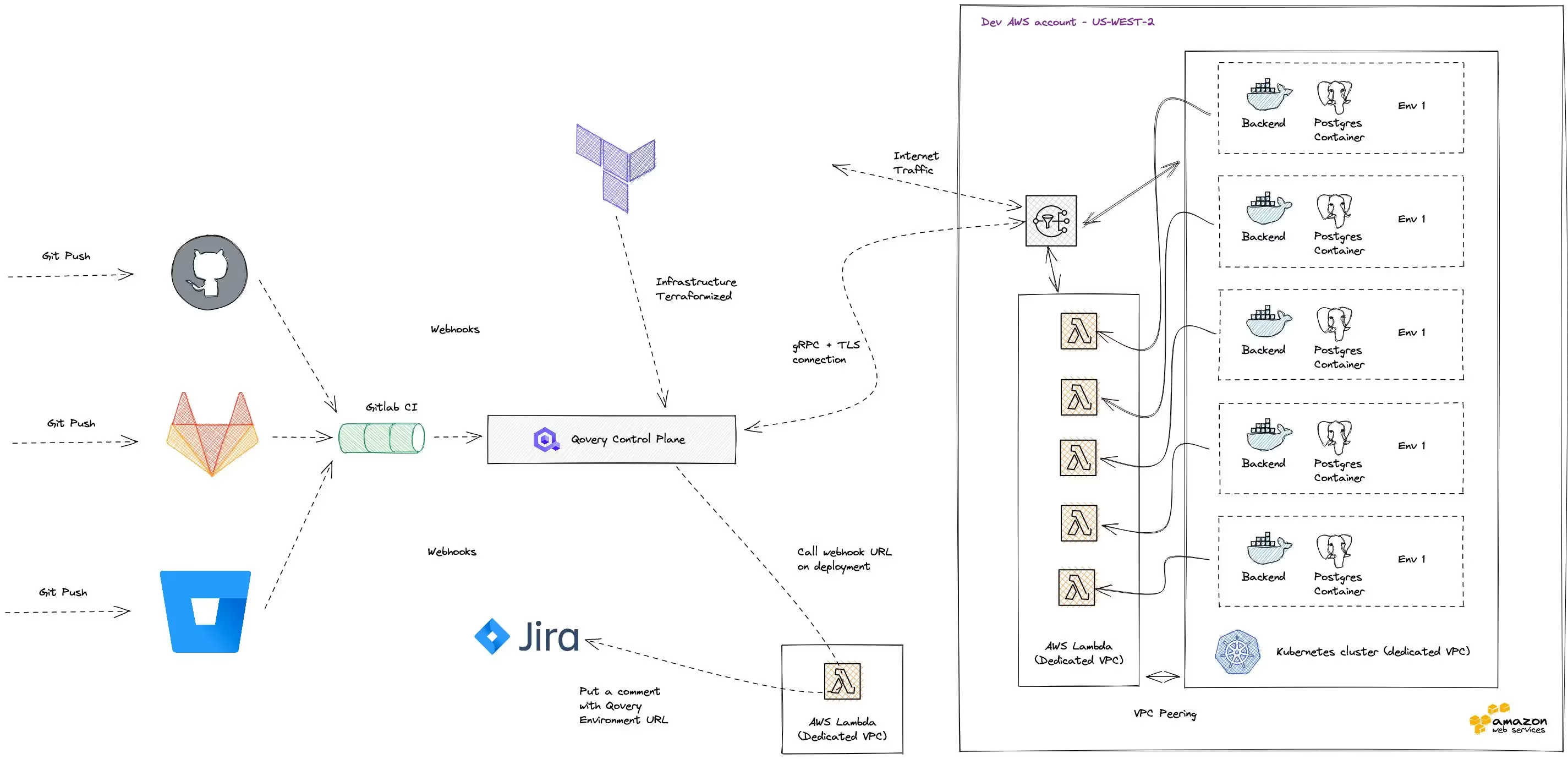
Industry: Media
Time to set up this AWS architecture: < 6 weeks with Qovery (> 12 weeks + maintenance without Qovery)
Background of the person who led the setup: 2 DevOps
Context: The DevOps team from this company of 3000+ employees uses Qovery (and Replibyte) to deploy on-demand Preview Environments for their developers and product managers in multiple countries. Since it is a large company, they use multiple VCS systems like GitHub, Gitlab, and Bitbucket combined with Gitlab CI. An integration to Jira was also made via our API to share the URL of the Preview Environment with the requester. I do like this infrastructure since it is a highly integrated system in a complex organization. The next milestone for them will be to manage multiple clusters with Qovery.
# 1 - I need to host my apps in the United States, Europe, and China
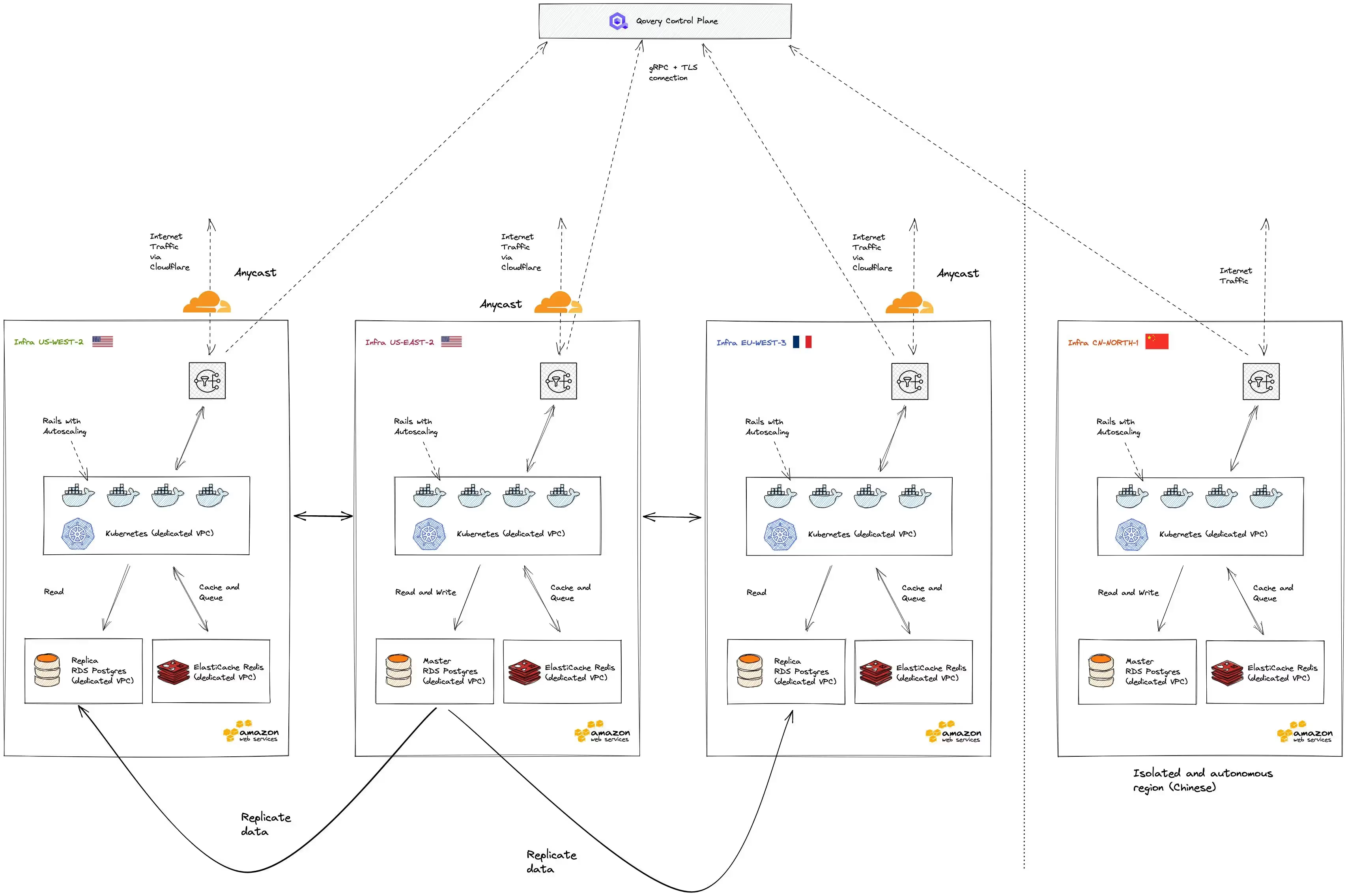
Industry: Foodtech
Time to set up this AWS architecture: < 4 weeks with Qovery (> 8 weeks + maintenance without Qovery)
Background of the person who led the setup: Lead backend developer
Context: This European food tech company needed to provide their service in the US and China and needed to have a unified interface of control of their whole infrastructure. This is where Qovery comes in with our unified control plane. They can control a global infrastructure from one single interface while keeping operating costs low, high reliability, and low latency for their customers. That was a big challenge for them since "cn-north-1" is a specific region of AWS that you can't control for the same AWS web console.

# Bonus - "I build another Qovery on top of Qovery"
This user of Qovery is building another infrastructure platform on top of Qovery. I can't say it more, but it is fun enough to be mentioned. After all, we build the future of the cloud 😄
---
Not yet on AWS? Start deploying your apps on AWS with Qovery now 👇

Suggested articles
.webp)



.svg)
.svg)
.svg)



